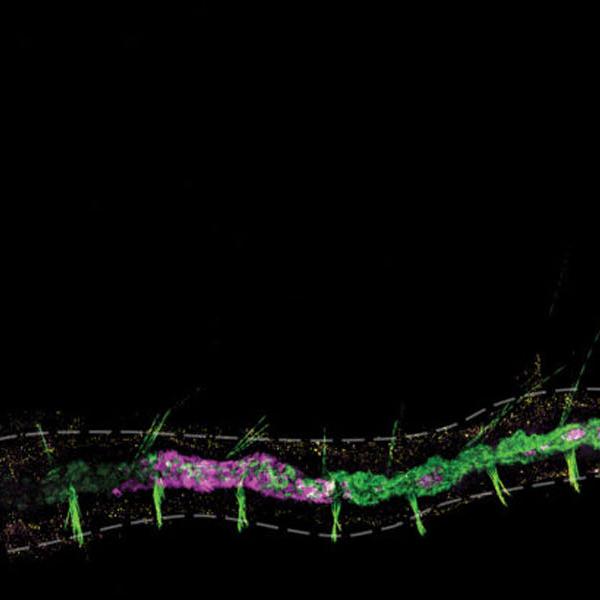Heart disease is the leading cause of death globally, with sudden cardiac death accounting for half of these deaths. Sudden cardiac death and many other heart diseases are caused by abnormal heart rhythms called arrhythmias. In the Rentschler lab, we aim to address heart disease by looking at how developmental pathways and gene regulation networks are associated with various heart diseases. We are specifically interested in how alterations of genes during development or in the adult can lead to arrhythmias such as atrial fibrillation and ventricular tachycardia. During development, Wnt and Notch are two of the main signaling pathways in which cell fate is decided. Both pathways are required for proper formation of the heart, and our lab has shown that perturbations of either Wnt or Notch in both development or adulthood can lead to arrhythmias. This holds great implications, as drugs perturbing their function are prevalent in treating a myriad of diseases, most notably cancer.
My part of the project is specifically concerned with the consequences of developmentally activating or repressing Wnt in the heart. Work in our lab has shown that perturbation of Wnt in cardiac muscle cells results in altered electrical conduction and cardiac action potentials, which results in arrhythmias in mice. My contribution is in elucidating the molecular mechanisms, specifically the changes in transcriptional targets and proteins, that lead to electrical reprogramming in the ventricles. I have done this through techniques such as reverse transcription-quantitative polymerase chain reaction (RT-qPCR), Western Blots for protein analysis, and various immunohistochemistry techniques. From these techniques, I was able to discern that Wnt is likely causing a change in connexins, proteins that electrically couple cardiomyocytes, and sodium channels, which are responsible for the propagation of action potentials, to change the overall electrical phenotype of only the right ventricle, modeling arrhythmogenic cardiomyopathy in humans.
This project is significant in many ways. First of all, by understanding the effect of changes in developmentally activated genes, we could predict and treat inherited arrhythmias more effectively. Our results are also significant because we see different transcription levels in right and left ventricles, which have large implications in thinking about the chambers as distinct transcriptional complexes for experimental and clinical purposes. Finally, by understanding the role Wnt plays in the heart, we can be more confident in manipulating Wnt for the purposes of treating other diseases.




